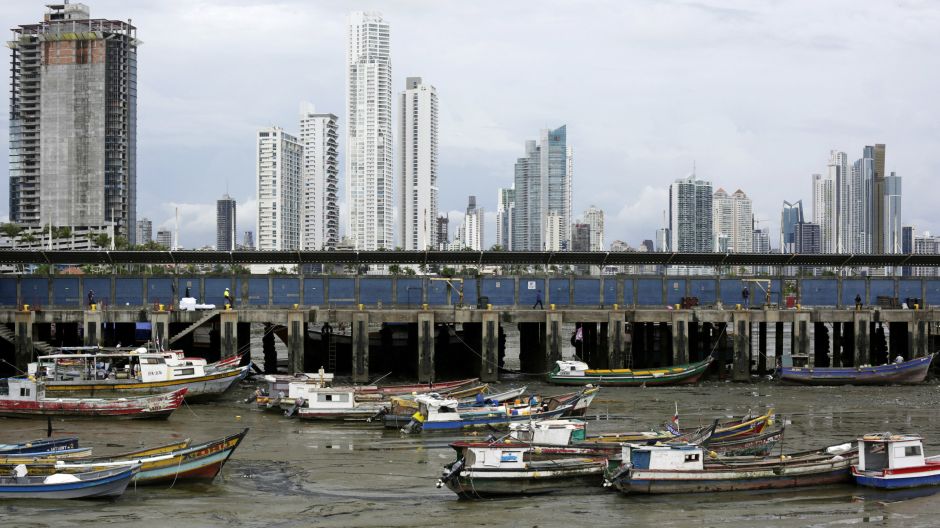For the first time ever, Panama has been classified as a high-income nation—a country with a gross national income per capita of $12,055 or more—by the World Bank.
The bank, which determines new thresholds for each category every July, also showed that Argentina gained the classification for only the second time since it began grouping countries by income status in 1987.
Meanwhile, Croatia, which became a high-income country for the first time in 2007, has regained its high-income ranking, after it fell off the list last year.
Other countries weren’t so fortunate: the Syrian Arab Republic, Tajikistan, and the Republic of Yemen all fell from the lower-middle income category to the low-income category—the lowest grouping.
| Country | Old group | New group |
|---|---|---|
| Argentina | Upper-middle | High-income |
| Armenia | Lower-middle | Upper-middle |
| Croatia | Upper-middle | High-income |
| Guatemala | Lower-middle | Upper-middle |
| Jordan | Lower-middle | Upper-middle |
| Panama | Upper-middle | High-income |
| Syrian Arab Republic | Lower-middle | Low-income |
| Tajikistan | Lower-middle | Low-income |
| Republic of Yemen | Lower-middle | Low-income |
Panama’s economy is mainly based on the services sector, with the Panama Canal, banking-related activities, and the Colón Free Trade Zone being big drivers of growth.
Using the World Bank’s Atlas method, which reduces the impact of exchange rate fluctuations when calculating gross national income, Switzerland tops the list of high-income countries—with more than six times the required income to make the classification. Norway, Luxembourg, and Qatar aren’t far behind.
